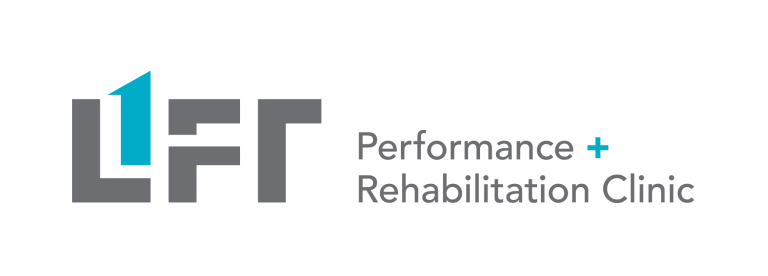Injury, and pain can either lead to or arise from weaknesses, muscular imbalances, and/or poor movement patterns. An daily exercise program can be an effective way to address these issues, but they only work if you do them.
8 Tips To Help Ease Your Daily Exercise Program
Don’t feel bad when your clinician asks you if you’ve done your daily exercises. Apply these tips to keep you consistent with your daily exercise program:
1. Take out the guess work.
Have the exercise program written down for you. This will give you an a rough estimate of how long the exercise program will take to complete. Make sure it includes the sets, reps, frequency and load for each exercise. Also include in the written program any cues or reminders that may help you remember how to do the exercise. Your program may also include what to do if the exercise starts to feel too easy or too hard.
2. Make exercising accessible and easy to set up.
If the exercise program calls for a specific equipment like a kettlebell, barbell or dumbbell, make sure that you have easy and regular access to the equipment. If not, then work with your physiotherapist to figure out exercises to do based on what you do have access to. For exercises requiring resistance band exercises, find a specific spot at home for you to tie the bands to. Have a designated spot for your equipment and a designated time to do the exercise.
3. Apply an appropriate loads and progressions to your exercise program.
Let’s say you’ve been given 3 x 10 for each exercise and do it with a 5lb dumbbell. Three months later, if you’re still doing the same exercises with the same 5lb dumbbell then you haven’t really been productive with your exercise program. The 5lb dumbbell may have been slightly challenging (or not challenging at all) initially, but as you get stronger, it is important to not only gradually increase the load, but also increase the difficulty of the exercises to match your current capacity. If you only do 10 reps in the set when you could’ve done 50 reps that set, then the load or progression may be too easy for you.
If your exercises are causing you excruciating pain, but you push through it and find yourself in pain for the next couple of days, or you’re constantly not able to finish the exercise program due to fatigue or pain, then the exercise program might be too difficult for you.
4. Make sure your current program is working for you.
How do you know if your exercise program is working for you? Have some way to monitor your progress that relate to your goals. Take some objective benchmark measures prior to starting an exercise program. Your physiotherapist will have completed an assessment prior to giving you an exercise program. After sticking with the program for a few weeks, check to see if there have been any improvements based on the assessments. “Has my dorsiflexion range of motion increased? Has my load tolerance on my lower back during the barbell back squat improved? Can I tolerate running longer distances now without foot pain?”
5. Review your exercise technique and program with your physiotherapist.
Don’t be afraid to ask your physiotherapist to review how to do a specific exercise that was demonstrated a few sessions prior. Your physiotherapist can help you revise, progress/regress, and modify your exercise program based on how you’re doing.
6. Have a plan to phase out rehabilitation exercises.
Rehabilitation exercises shouldn’t be something that you need to do for life. Your exercise program may be made up of mostly rehabilitation exercises during the initial phase of an injury. As your condition improves and you get closer to a full return to sport or activity, there should be fewer rehabilitation exercises in your program. Your exercise program should look more sport specific if you are returning to a sport, or more like a general exercise program if you’re returning to your normal life. After a full recovery, you may choose to add a few rehabilitation exercises into your warm up routine to prepare you for your activity.
7. Keep the exercises simple.
Keep the number of rehabilitation exercises in your program to a minimum. You don’t need 30 different exercises to target your gluteal muscles or rotator cuff muscles in your exercise program. Looking at a giant list of exercises can be quite overwhelming and discouraging. Pick and choose a couple exercises that match your goals and current condition, and do them well.
Also, trying to optimize your exercise routine by creating complex exercises involving elaborate setups to try to tackle multiple issues at once may have the opposite effect: not really improving any of the issues.
8. Attach a purpose to each exercise.
Rather than blindly following a general exercise routine for something like lower back pain, stop to look at how these exercises might help you. Ask the questions to clarify the purpose of the exercise in your program: how will this mobility exercise for my hip help with my lower back pain? Why do I need to do these hip hinge exercises? Will this core exercise help me decrease my lower back pain while squatting? If you can understand the reasoning behind each specific exercise is in your program, then you will more likely do it.
Need help with your current rehabilitation exercise program?
Book in with one of our clinicians and let us help you figure out a program that works for you!
